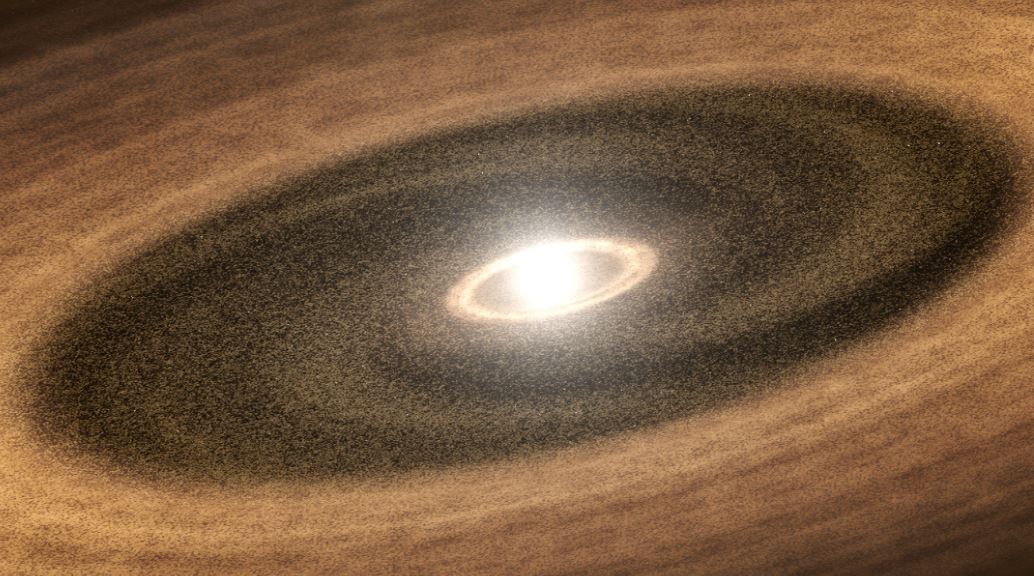
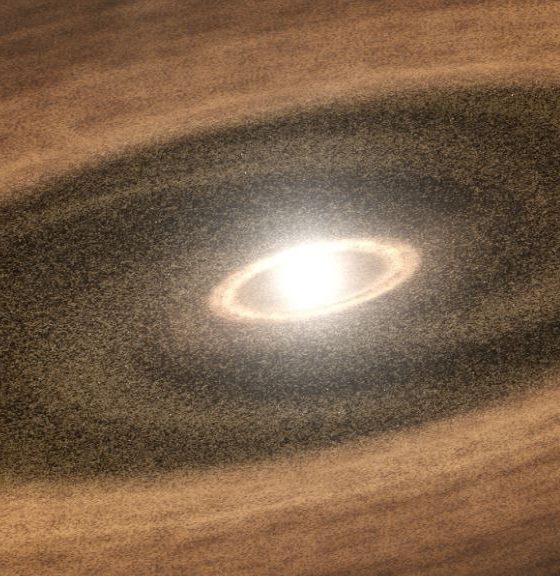
News
NASA lab confirms DNA sugar can be made in space, adding evidence that ‘life’ could be all over the universe
NASA researchers at the Ames’ Astrophysics and Astrochemistry Lab in Mountain View, California have provided the first experimental evidence demonstrating that the sugar in DNA – 2-deoxyribose – can be formed in interstellar space. In their study published on December 18, 2018 in the journal Nature Communications, Michel Nuevo, George Cooper, and Scott Sandford combined organic compounds, water vapor, and light – all elements present in interstellar space – inside a vacuum chamber mimicking the cosmic environment and observed the results. Along with the DNA sugar, a variety of other sugar derivatives were found to have been created. This discovery is more evidence that the chemical building blocks of life could be common all over the universe, seeding other planets as they did Earth in the ancient past.
One of the biggest questions science is constantly pursuing is whether we are alone in the universe, a research endeavor that takes many paths. Astrophysicist Carl Sagan is famously quoted often, saying, “The nitrogen in our DNA, the calcium in our teeth, the iron in our blood, the carbon in our apple pies were made in the interiors of collapsing stars. We are made of star stuff.” It meant that the universe is filled with the building blocks of life, thus the pursuit to find out how those building blocks combine to actually form life is an endeavor with the farthest reaching implications. Scott Sandford, one of the study’s researchers, added to this in reference to his own team’s experiment, saying, “The universe is an organic chemist. It has big beakers and lots of time – and the result is a lot of organic material, some of which is useful to life.”
To make their discovery, the Ames team cooled an aluminum substance to near absolute zero inside a vacuum chamber (since space is a vacuum), and added a mixture of water vapor and methanol gas before exposing it to ultraviolet light and heat, fully mimicking the interstellar environment. The space between stars is filled with dust and gases and is constantly subjected to light particles bombarding in from every radiation-emitting source around it. The experiment was designed to help answer the question of whether the space environment itself can make the compounds essential to life rather than just the single-elemental building blocks. Another team of researchers in France previously discovered the creation of ribose – the sugar in RNA, a possible precursor to DNA – in an experiment similar to the current study, setting the stage for the team’s further findings.
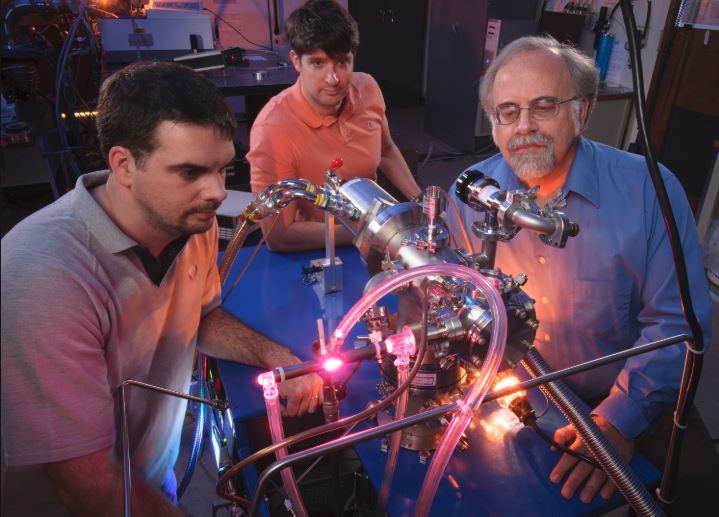
A growing number of organic compounds have been found on meteorites over the years including carbon, hydrogen, oxygen, nitrogen, and sulphur. Despite the actively changing geography of Earth complicating the discovery of remnants from its very early days, scientists have been able to find and study things like carbonaceous chondrites, meteorites originating from asteroids as old as our solar system. This research has made it possible to analyze how planets have formed and evolved over billions of years. Combining this type of research along with other work demonstrating that meteorites in general contain the building blocks of life and travel throughout the galaxies of the universe, the expanding number of exoplanets being found could imply even more significant possibilities.
Exoplanets, i.e., planets that orbit stars other than our own, are being discovered on a regular basis as data from prior and current observatory and telescope missions is reviewed. Over the last 20 years since “planet hunting” really got started, over 3800 exoplanets have been confirmed with around 2900 more awaiting confirmation. By observing the amount of light a distant star dims over period of time, scientists can determine whether there is a planet orbiting it, its size, distance from its star, and the colors missing in the planets’ atmosphere light spectrum which tell what chemicals are present, such as oxygen, carbon dioxide, nitrogen, and so forth. After analyzing all of these things, it can be predicted whether an exoplanet may be Earth-like and whether it’s in what’s called the “Goldilocks Zone”, or position where life as we know it might have the right conditions to evolve.
That may seem like a lot of conditions to meet, but it’s estimated that around 20-50 percent of the stars in our night sky may have small, rocky planets in their stars’ habitable zones. As more is learned about planet formation, that number may be revised up or down. Thus far, one planetary system has been studied extensively that has planets somewhat similar to Earth: TRAPPIST-1. It’s comprised of an ultra-cool dwarf star with 7 rocky worlds orbiting it, all of them potentially having water, some more than Earth. Considering the growing evidence that the seeds for life to evolve are prominently distributed and created throughout space with the number of potentially Earth-like planets being discovered, we may have some exciting news from the interstellar world in the near future.

News
Tesla dominates in the UK with Model Y and Model 3 leading the way
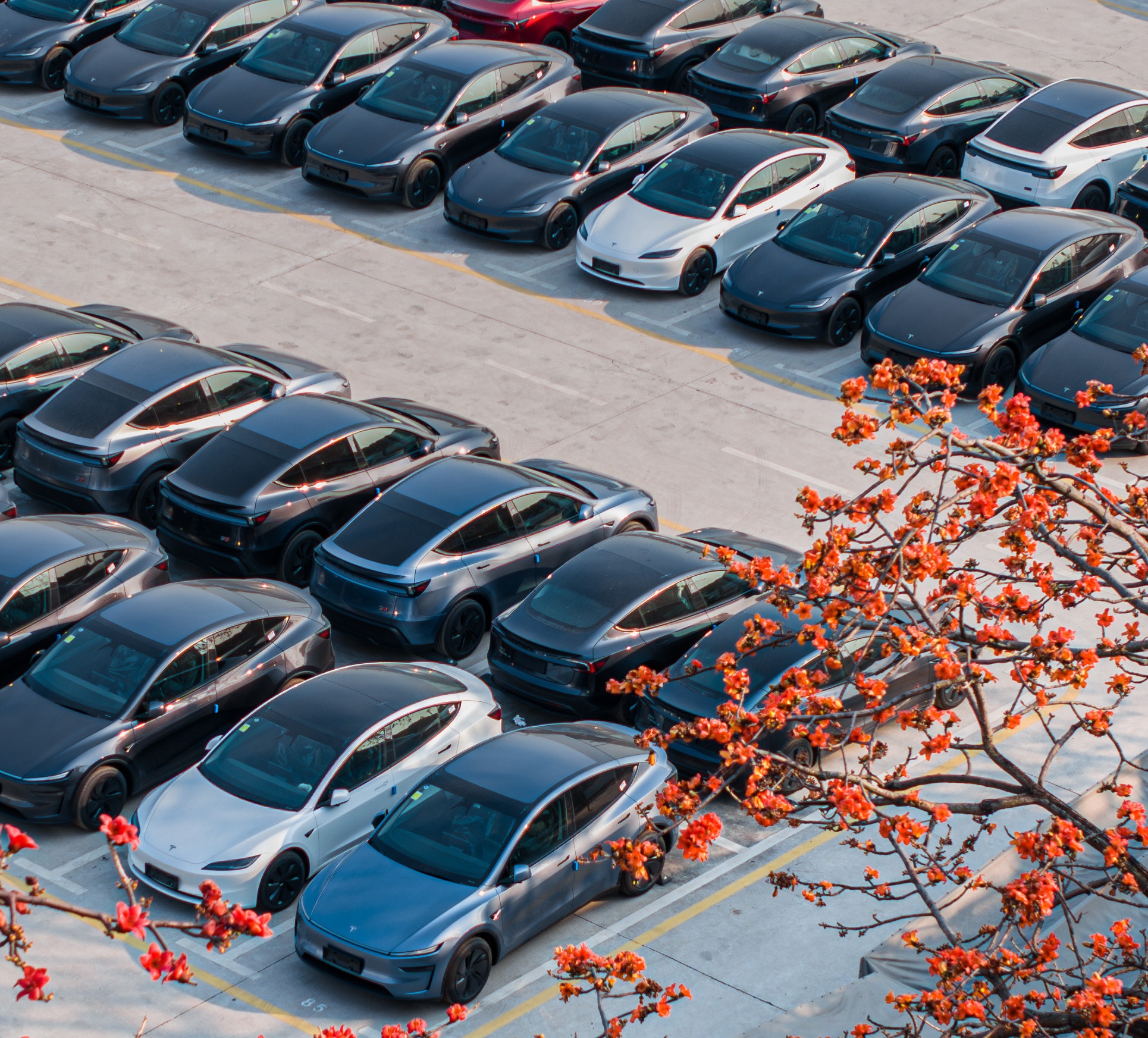
Tesla is dominating in the United Kingdom so far through 2025, and with about two weeks left in the year, the Model Y and Model 3 are leading the way.
The Model Y and Model 3 are the two best-selling electric vehicles in the United Kingdom, which is comprised of England, Scotland, Wales, and Northern Ireland, and it’s not particularly close.
According to data gathered by EU-EVs, the Model Y is sitting at 18,890 units for the year, while the Model 3 is slightly behind with 16,361 sales for the year so far.
The next best-selling EV is the Audi Q4 e-tron at 10,287 units, lagging significantly behind but ahead of other models like the BMW i4 and the Audi Q6 e-tron.
GOOD NEWS 🇬🇧 Tesla is absolutely crushing the UK electric vehicle market in 2025 💥
The numbers are in, and the dominance is clear. With an impressive amount of 42,270 vehicles delivered year-to-date, the brand now commands a solid 9.6% market share of the total auto market 🆒… pic.twitter.com/dkiGX9kzd0
— Ming (@tslaming) December 18, 2025
The Model Y has tasted significant success in the global market, but it has dominated in large markets like Europe and the United States.
For years, it’s been a car that has fit the bill of exactly what consumers need: a perfect combination of luxury, space, and sustainability.
Both vehicles are going to see decreases in sales compared to 2024; the Model Y was the best-selling car last year, but it sold 32,610 units in the UK. Meanwhile, the Model 3 had reached 17,272 units, which will keep it right on par with last year.
Tesla sold 50,090 units in the market last year, and it’s about 8,000 units shy of last year’s pace. It also had a stronger market share last year with 13.2 percent of the sales in the market. With two weeks left in 2025, Tesla has a 9.6 percent market share, leading Volkswagen with 8 percent.
The company likely felt some impact from CEO Elon Musk’s involvement with the Trump administration and, more specifically, his role with DOGE. However, it is worth mentioning that some months saw stronger consumer demand than others. For example, sales were up over 20 percent in February. A 14 percent increase followed this in June.
News
Tesla Insurance officially expands to new U.S. state
Tesla’s in-house Insurance program first launched back in late 2019, offering a new way to insure the vehicles that was potentially less expensive and could alleviate a lot of the issues people had with claims, as the company could assess and repair the damage itself.
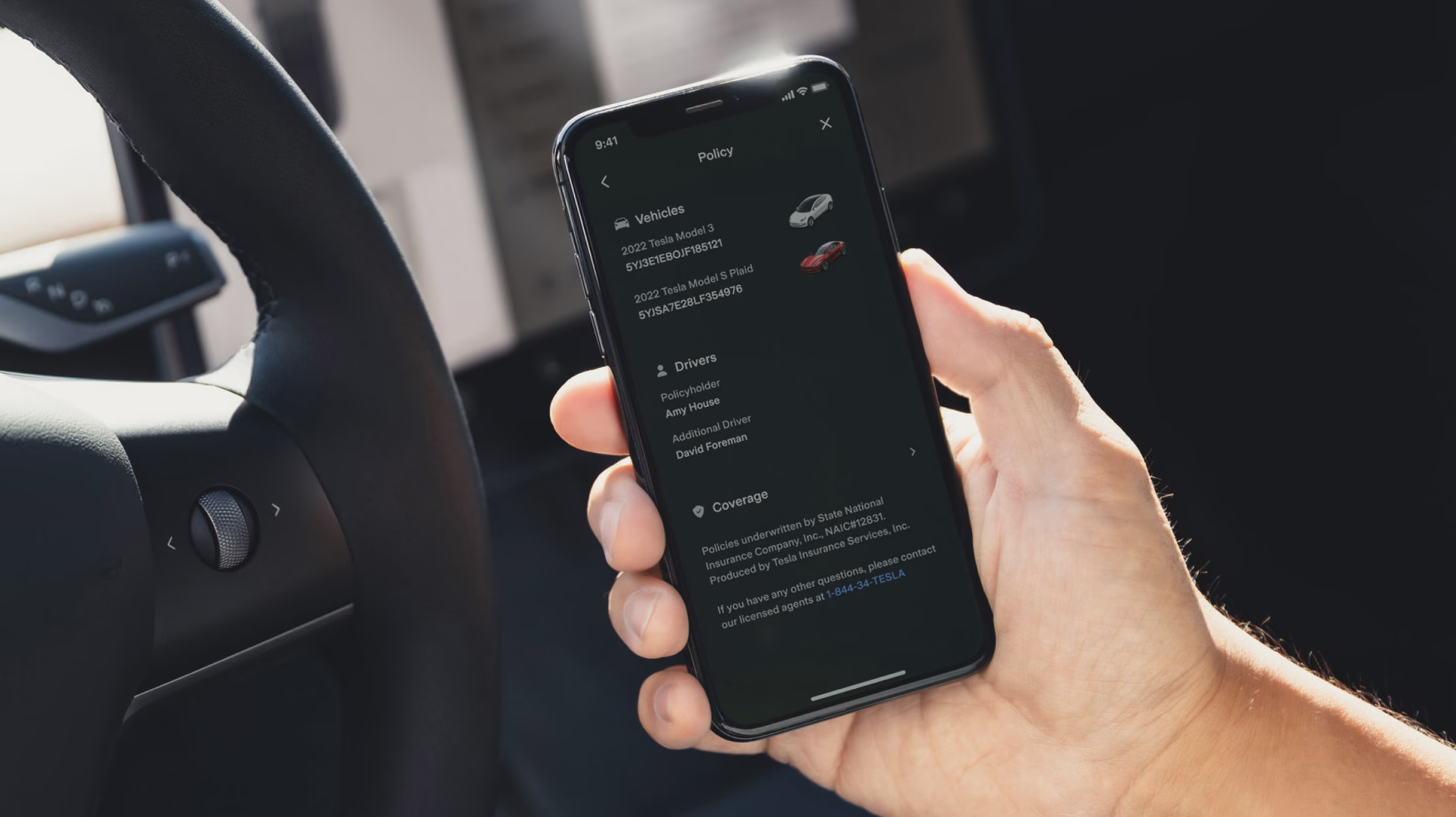
Tesla Insurance has officially expanded to a new U.S. state, its thirteenth since its launch in 2019.
Tesla has confirmed that its in-house Insurance program has officially made its way to Florida, just two months after the company filed to update its Private Passenger Auto program in the state. It had tried to offer its insurance program to drivers in the state back in 2022, but its launch did not happen.
Instead, Tesla refiled the paperwork back in mid-October, which essentially was the move toward initiating the offering this month.
BREAKING: Tesla Insurance has just officially launched in Florida.
This is the first new state to receive @Tesla Insurance in more than 3 years. In total, Tesla insurance is now available in 13 U.S. states (map in thread below of all the states).
Tesla Insurance in Florida uses… pic.twitter.com/bDwh1IV6gD
— Sawyer Merritt (@SawyerMerritt) December 17, 2025
Tesla’s in-house Insurance program first launched back in late 2019, offering a new way to insure the vehicles that was potentially less expensive and could alleviate a lot of the issues people had with claims, as the company could assess and repair the damage itself.
It has expanded to new states since 2019, but Florida presents a particularly interesting challenge for Tesla, as the company’s entry into the state is particularly noteworthy given its unique insurance landscape, characterized by high premiums due to frequent natural disasters, dense traffic, and a no-fault system.
Annual average premiums for Florida drivers hover around $4,000 per year, well above the national average. Tesla’s insurance program could disrupt this, especially for EV enthusiasts. The state’s growing EV adoption, fueled by incentives and infrastructure development, aligns perfectly with Tesla’s ecosystem.
Moreover, there are more ways to have cars repaired, and features like comprehensive coverage for battery damage and roadside assistance tailored to EVs address those common painpoints that owners have.
However, there are some challenges that still remain. Florida’s susceptibility to hurricanes raises questions about how Tesla will handle claims during disasters.
Looking ahead, Tesla’s expansion of its insurance program signals the company’s ambition to continue vertically integrating its services, including coverage of its vehicles. Reducing dependency on third-party insurers only makes things simpler for the company’s automotive division, as well as for its customers.
News
Tesla Full Self-Driving gets sparkling review from South Korean politician
“Having already ridden in an unmanned robotaxi, the novelty wasn’t as strong for me, but it drives just as well as most people do. It already feels like a completed technology, which gives me a lot to think about.”
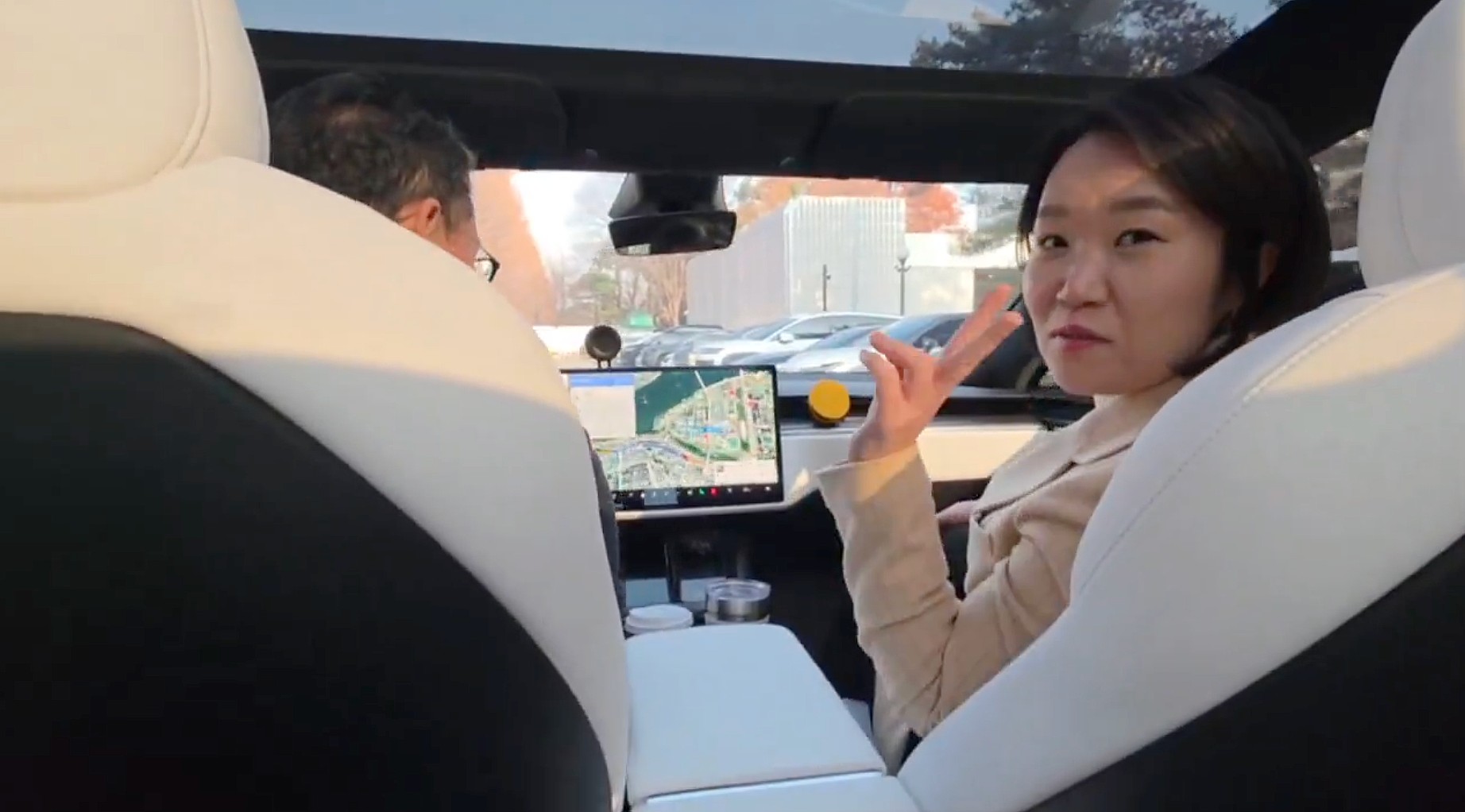
Tesla Full Self-Driving got its first sparkling review from South Korean politician Lee So-young, a member of the country’s National Assembly, earlier this week.
Lee is a member of the Strategy and Finance Committee in South Korea and is a proponent of sustainable technologies and their applications in both residential and commercial settings. For the first time, Lee was able to utilize Tesla’s Full Self-Driving technology as it launched in the country in late November.
Her thoughts on the suite were complimentary to the suite, stating that “it drives just as well as most people do,” and that “it already feels like a completed technology.”
드디어 오늘, 서울에서 테슬라 FSD 체험 했습니다.
JiDal Papa님의 모델S 협찬에 힘입어^^ 파파님 정말 감사합니다.
국회 -> 망원시장 -> 홍익대 -> 국회 복귀 코스였고요.
이미 무인 로보택시를 타봐서 그런지 신기함은
덜했지만, 웬만한 사람만큼 운전을 잘하네요.이미 완성된 기술이라고… pic.twitter.com/8pAidHBpRG
— 이소영 국회의원 (Soyoung Lee) (@im_soyounglee) December 17, 2025
Her translated post says:
“Finally, today I got to experience Tesla FSD in Seoul. Thanks to the Model S sponsored by JiDal Papa^^, I’m truly grateful to Papa. The route was from the National Assembly -> Mangwon Market -> Hongik University -> back to the National Assembly. Having already ridden in an unmanned robotaxi, the novelty wasn’t as strong for me, but it drives just as well as most people do. It already feels like a completed technology, which gives me a lot to think about. Once it actually spreads into widespread use, I feel like our daily lives are going to change a lot. Even I, with my license gathering dust in a drawer, don’t see much reason to learn to drive a manual anymore.”
Tesla Full Self-Driving officially landed in South Korea in late November, with the initial launch being one of Tesla’s most recent, v14.1.4.
It marked the seventh country in which Tesla was able to enable the driver assistance suite, following the United States, Puerto Rico, Canada, China, Mexico, Australia, and New Zealand.
It is important to see politicians and figures in power try new technologies, especially ones that are widely popular in other regions of the world and could potentially revolutionize how people travel globally.








